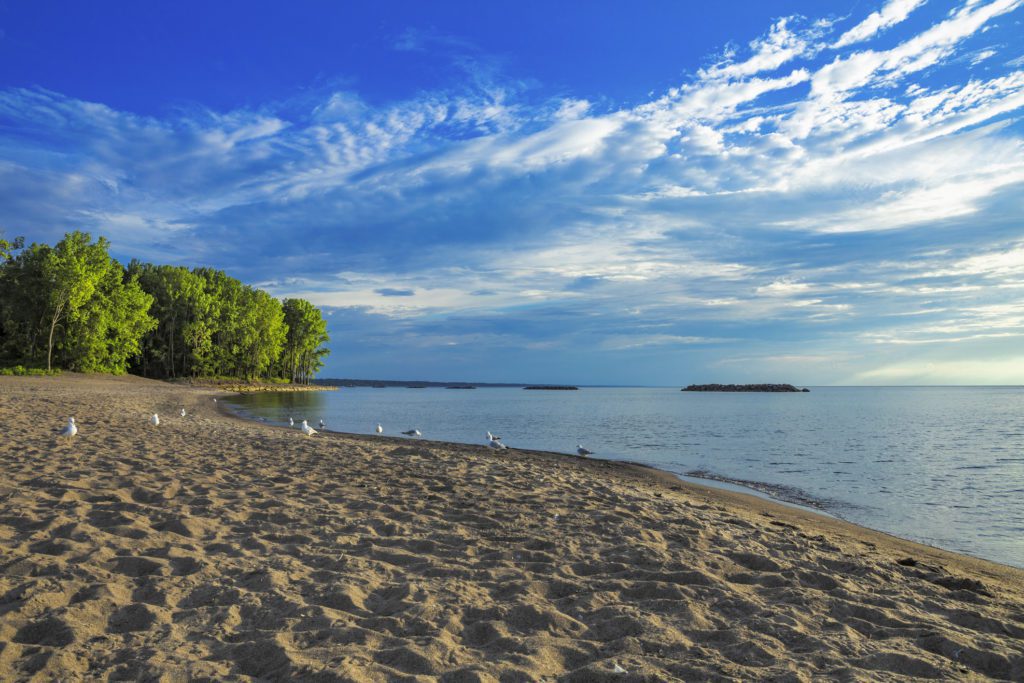More and more research shows that plastic pollution levels in our waters are spiralling out of control. Immediate action is needed to prevent our waterways from turning into seas of plastic waste.
According to a recent report by the World Economic Forum (WEF), an entire garbage truck’s worth of plastic is dumped into the world’s oceans every minute. And due to the tremendous increase in plastic production each year, this amount is expected to increase by four times by 2050. This means that by the same year, 2050, there will be more plastic than fish in the earth’s oceans.
Worse yet, a paper published in Science, shows that plastic has already made it to every corner of the globe – from the ocean floor, to remote polar regions, and into the food chain.
Because plastic takes hundreds of years to decompose, the 150 million tonnes of plastic waste in the oceans today will continue to accumulate over time. Unless something changes, our waters will become more contaminated and the effects of plastic pollution will become more severe.
Seabirds, turtles and whales are at risk of becoming entangled in large plastic litter or of eating indigestible plastics. The dangers posed by microplastics that make their way up the food chain are equally disturbing. Plastics can leach toxic chemicals like phthalates or BPA into water as they decompose. These substances act as endocrine disruptors that can cause hormonal mutations in fish and even cancer in humans. The WEF report estimates that the chemical additives released from plastics into the oceans will rise to over a million tonnes per year within the first half of this century.
Canada’s Freshwaters Similarly at Risk
The plastic pollution levels in Canada’s freshwater are no less alarming. Studies have found over six million bits of plastic per square kilometre in the Great Lakes, which is more than double what’s been found in the Great Pacific Garbage Patch (also known as the “Pacific trash vortex” of the central North Pacific Ocean).
A staggering 80 per cent of litter in the Great Lakes region is plastic. Plastic water bottles are particularly concerning: one third of those purchased in Toronto are not recycled. What’s not recycled ends up in landfills or as litter.
What’s at stake
The Great Lakes provide drinking water to 80 per cent of Ontarians and support a $5.8 trillion economy. We need to tackle the problem of plastic pollution to protect wildlife, the livelihoods of Great Lakes residents, and the source of drinking water for 40 million people.
One of the simplest things we can do to protect our waters is eliminating the single-use plastics that enter our life every day, like plastic water bottles. We have some of the best tap water in the world, and there’s no need for bottled water. Instead, take a reusable water bottle with you, and ask for tap water at restaurants and events instead of bottled water.
And beyond individual action, we can have an even greater impact by putting a price on plastic pollution. Almost every Canadian province and territory has a deposit return program for beverage containers, including plastic water bottles. We have the same program for our beer and wine bottles, and it works incredibly well. For example, over 95 per cent of the beer bottles get returned to the beer store.
Deposit return systems reduce the amount of plastic headed to landfills, and they keep plastic out of the environment. In some provinces, the deposit return systems also generate money that goes to an environmental fund. Plastic pricing systems like these can increase recycling rates and raise funds for efforts that keep our waterways clean.
It’s not too late to reverse the trend of choking our waterways with plastic.









